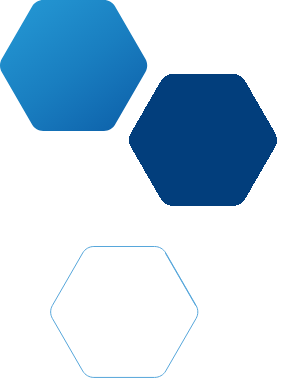Sustainability at INL
SUSTAINABLE INL

INL is integrating sustainability performance improvements in the areas that matter most to its stakeholders, including minimizing the environmental footprint, taking a progressive approach to mitigating climate change, and championing energy conservation.
The challenge of implementing sustainability is to minimize the impact to operations while increasing the health and viability of the laboratory.
CLIMATE RESILIENCE

The climate change happening now, due in large part to human activities, is expected to continue in the future. INL and experts at the University of Idaho used a common framework for assessing vulnerability that considers exposure (future climate change), sensitivity (system or component responses to climate), impact (exposure combined with sensitivity), and adaptive capacity (capability of INL to modify operations to minimize climate change impacts) to assess vulnerability.
ENERGY EFFICIENCY AND SUSTAINABLE BUILDINGS

Energy conservation used to mean turning down the thermostat and turning off the lights and was viewed as an inconvenience rather than good business. Energy efficiency does not mean reducing energy usage, it means eliminating energy waste.
Sustainable buildings, also known as high-performance buildings or green buildings, are structures that minimize the impact on the environment by using less energy and water, reducing solid waste and pollutants, and limiting the depletion of natural resources. An example of INL’s sustainable building effort is the Energy Innovation Laboratory (below) which recently received LEED Platinum certification.
As INL missions expand, we will naturally use more energy to power additional work, however, we will strive to use only what we need so we can become a more sustainable lab.
FLEET MANAGEMENT
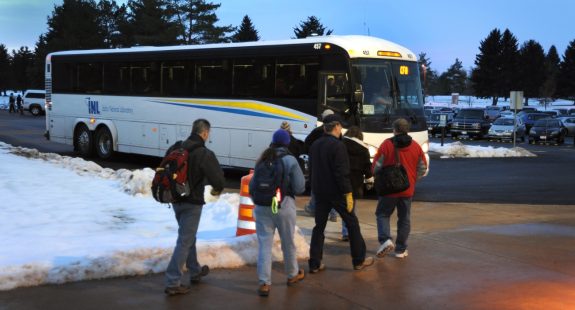
INL is actively pursuing E 85, E-10, B20 and LNG fuel usage. INL has increased the availability of E 85 and mandated its use while continuing to monitor B20 fuel quality for use in the INL bus fleet throughout the year and across varied climate conditions.
INL developed and implemented a project to convert six INL-owned buses to a dual fuel configuration, allowing them to run on both diesel/B20 and LNG.
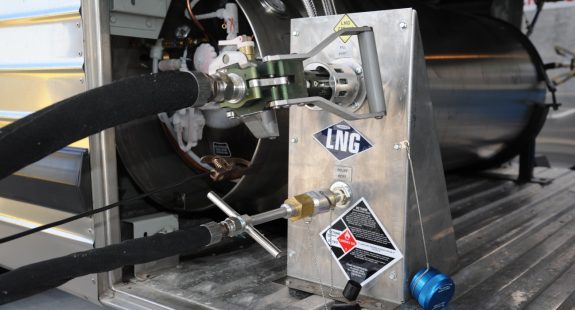
The remoteness of INL’s desert site and great distances between facilities presents significant transportation needs. A mass transit system at INL was established in 1953 and today uses over 90 buses to regularly transport INL employees to and from the desert site.
WATER CONSERVATION
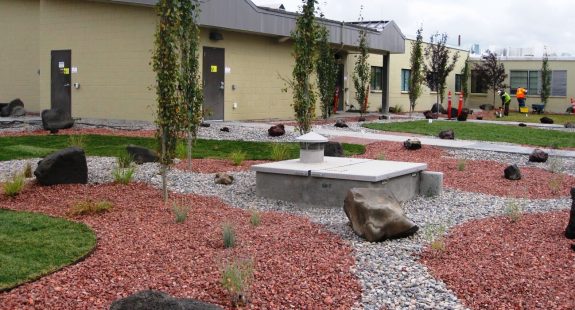
Water conservation usually conjures up images of places like Arizona or Death Valley, California. And even though many think of Idaho as having plenty of water, INL’s location is classified as high desert.
Conserving water not only protects the aquifer, it also saves energy. Energy is required to pump water, to treat the water for drinking, to dispose of the waste water, and to then treat the waste water. And energy costs money.
RECYCLING
The goal of INL’s recycling program is to reduce materials headed for the landfill and the consumption of raw materials, while also meeting Executive Orders 13423 and 13514 and DOE Order 436.1, “Departmental Sustainability.”
NET-ZERO
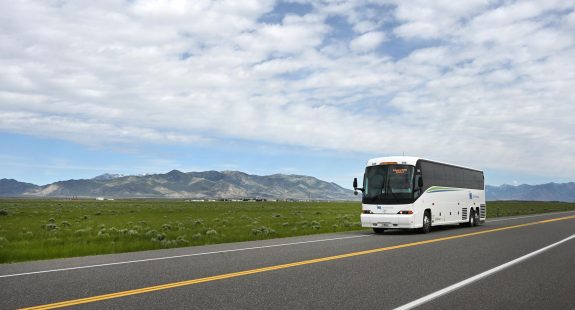
Idaho National Laboratory is a world leader in solving major energy challenges by creating reliable, sustainable and secure energy solutions. Those solutions include developing ways to reduce carbon emissions to stave off the major impacts of climate change.
INL’s focus on clean energy research provides both an opportunity and a responsibility for our employees. In 2021, the laboratory committed to becoming a national model for achieving net-zero emissions by 2031. INL will do this by developing and implementing carbon-free and carbon-capture technologies on the forefront of the move to zero-carbon emissions.

